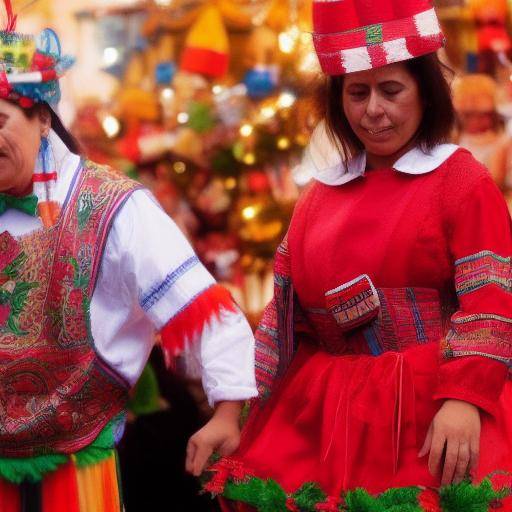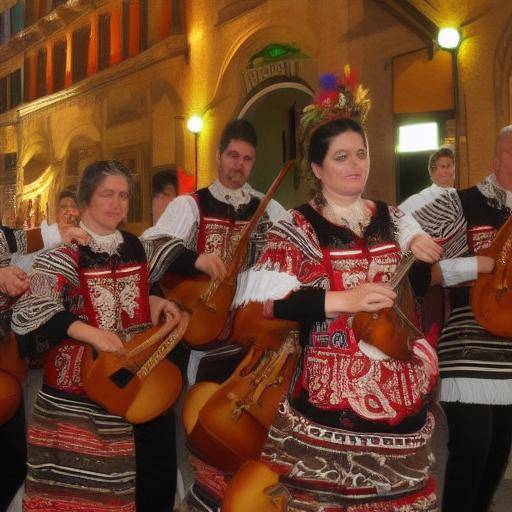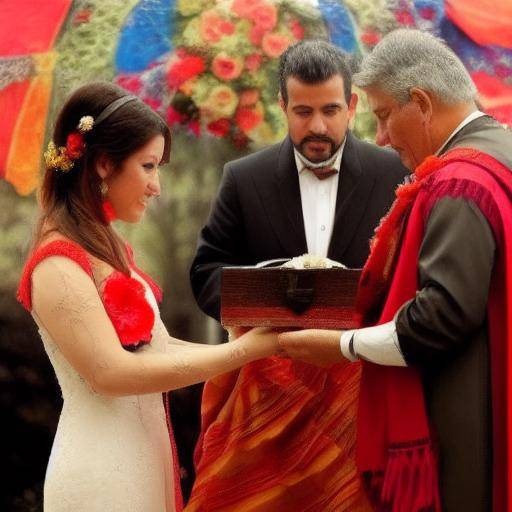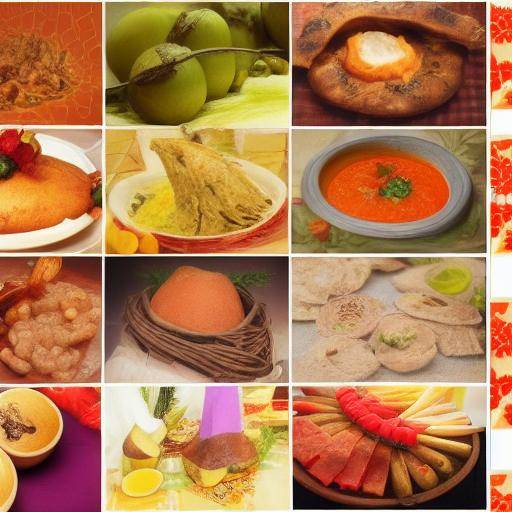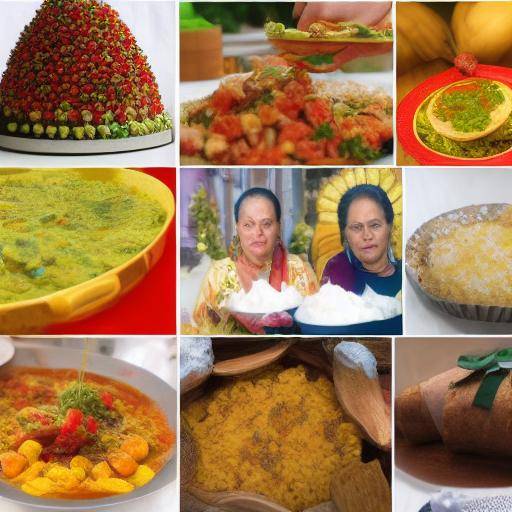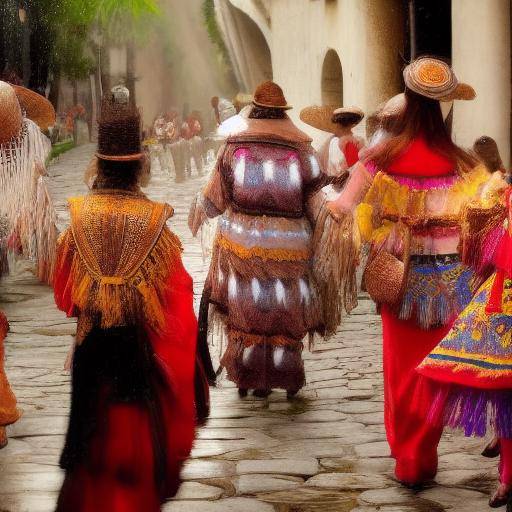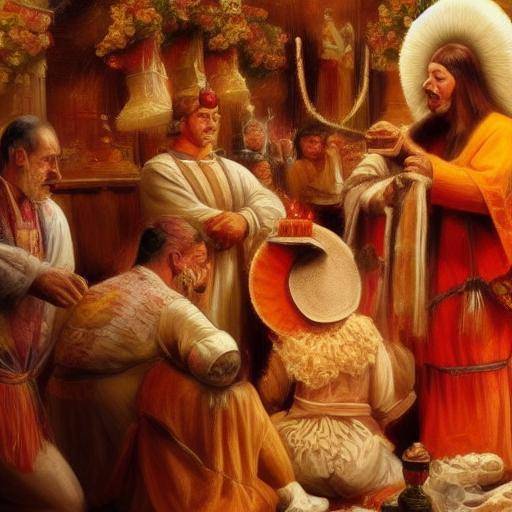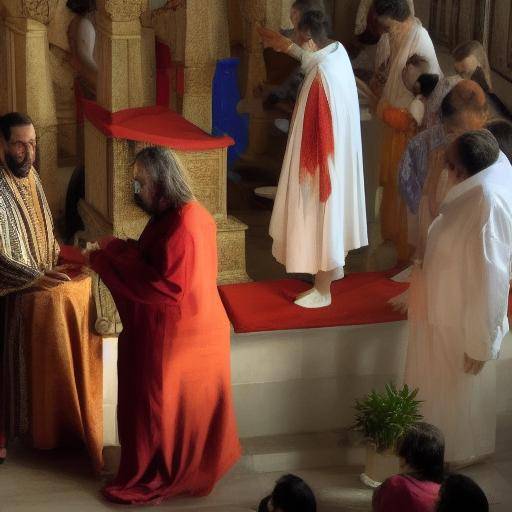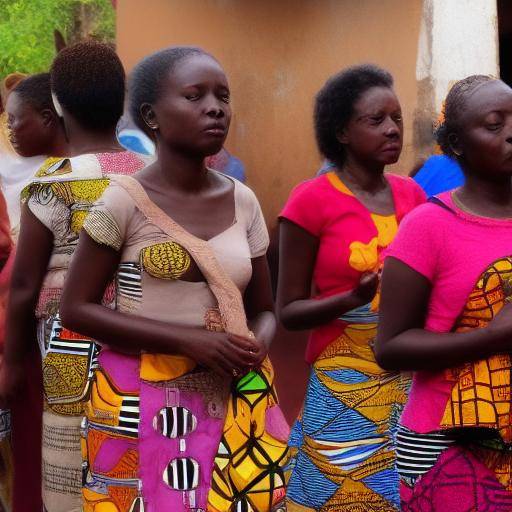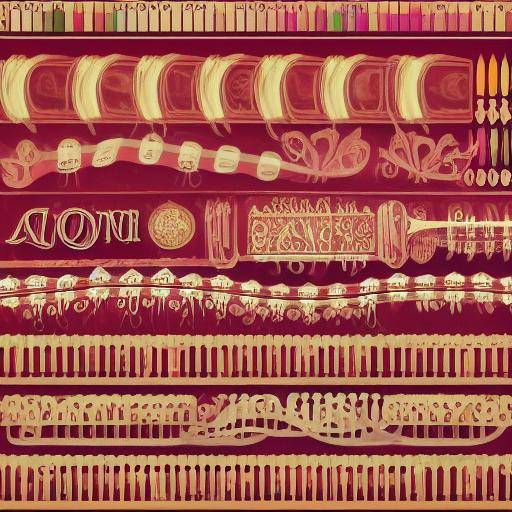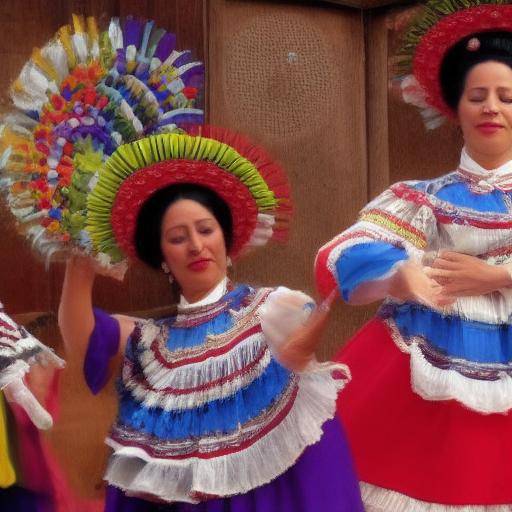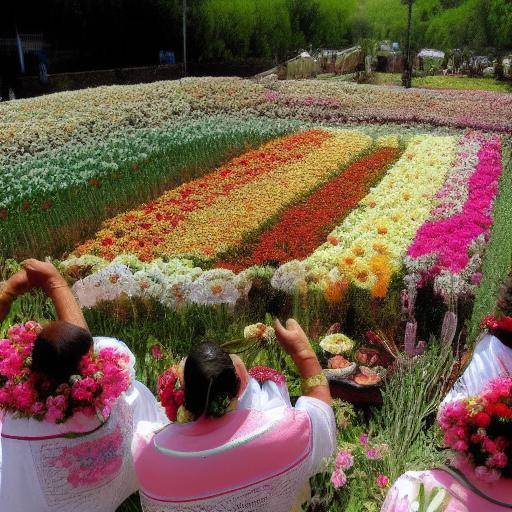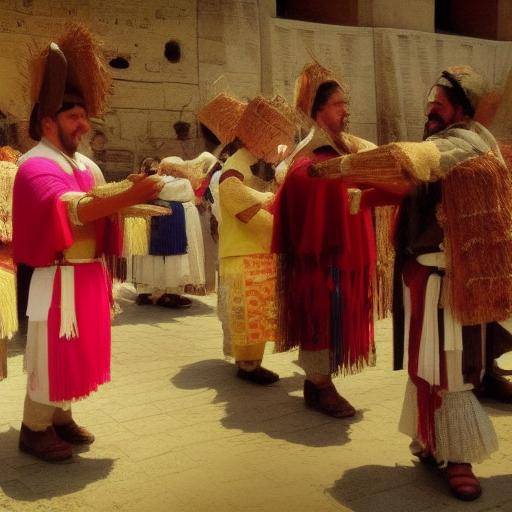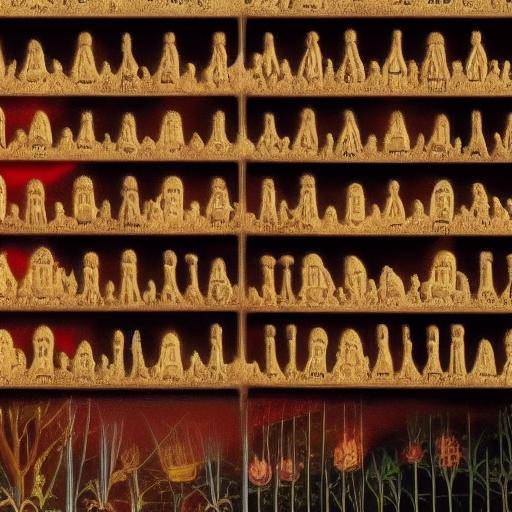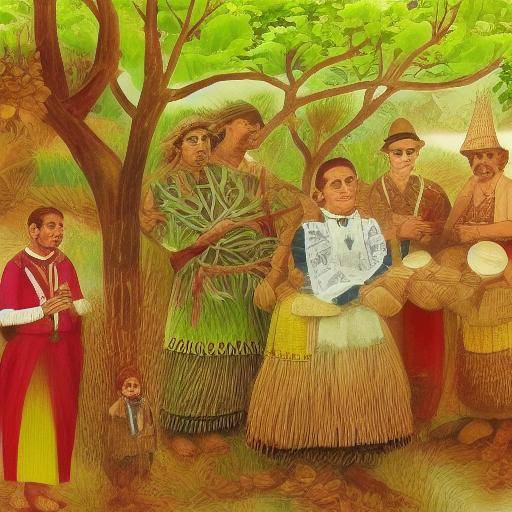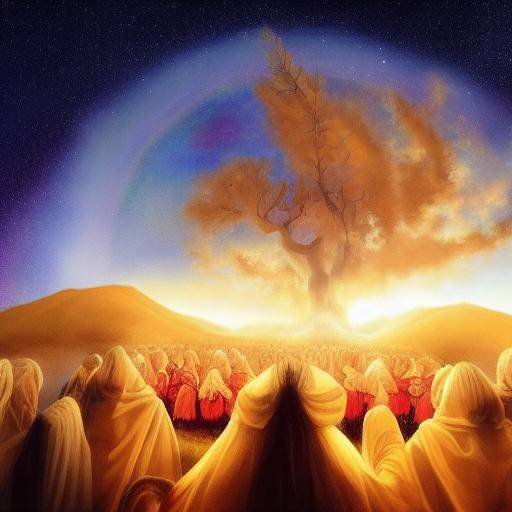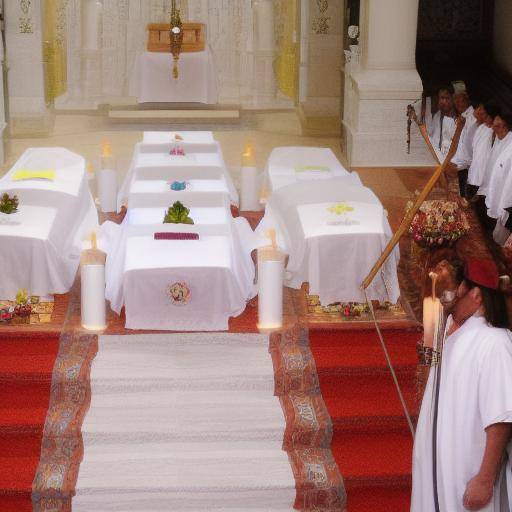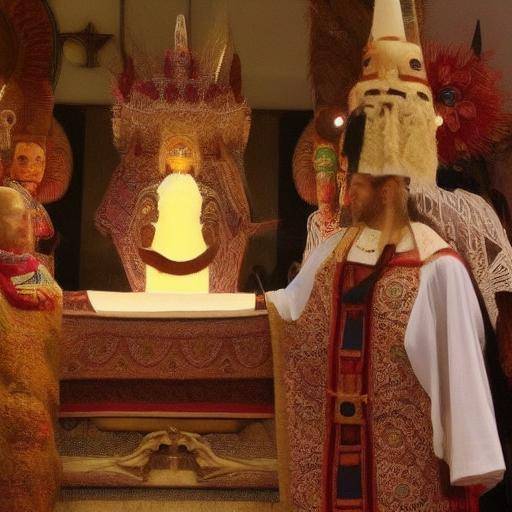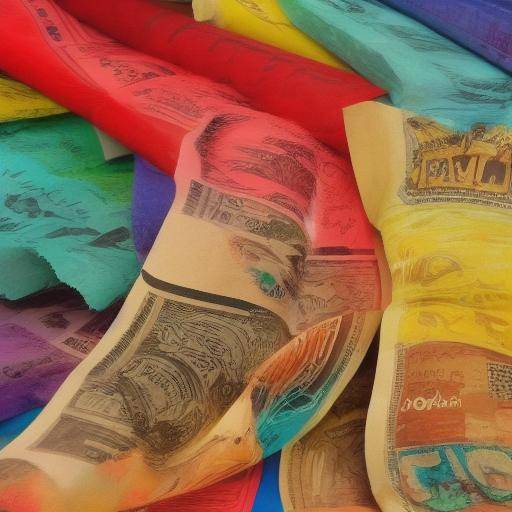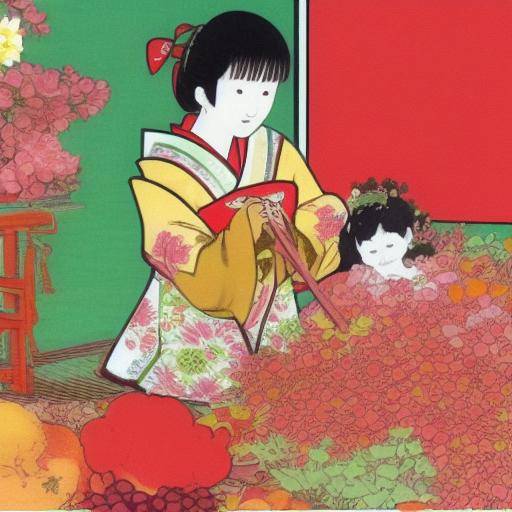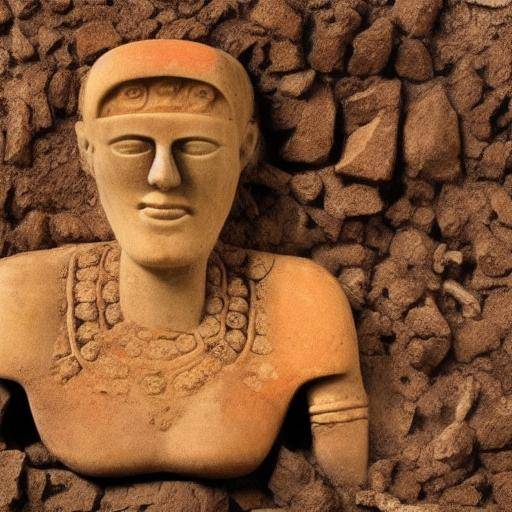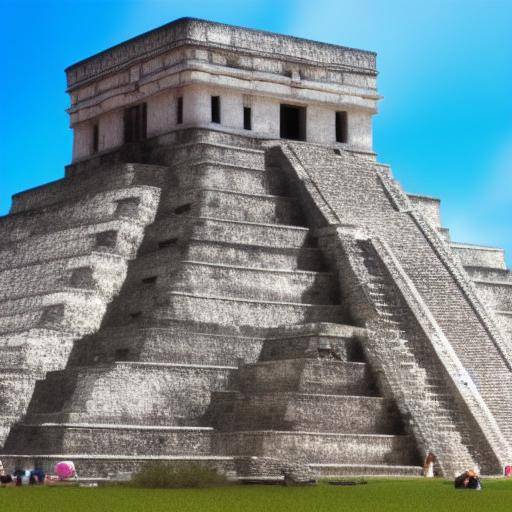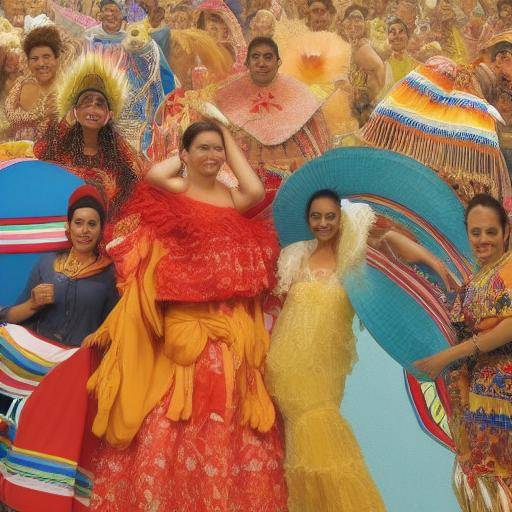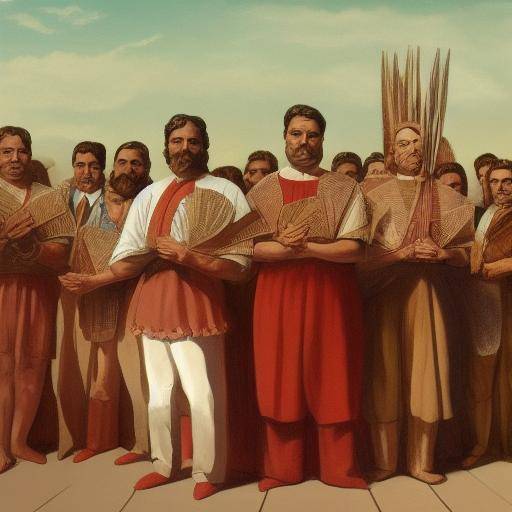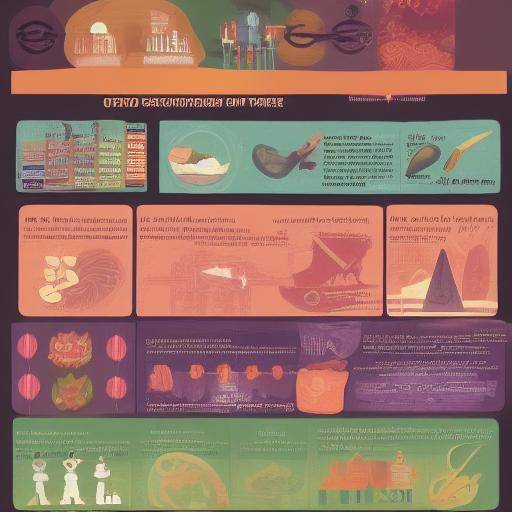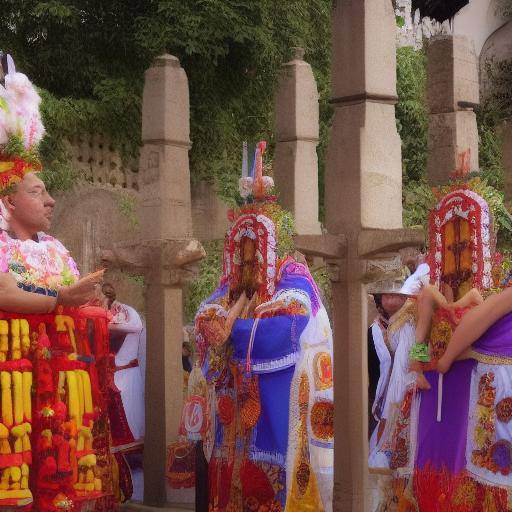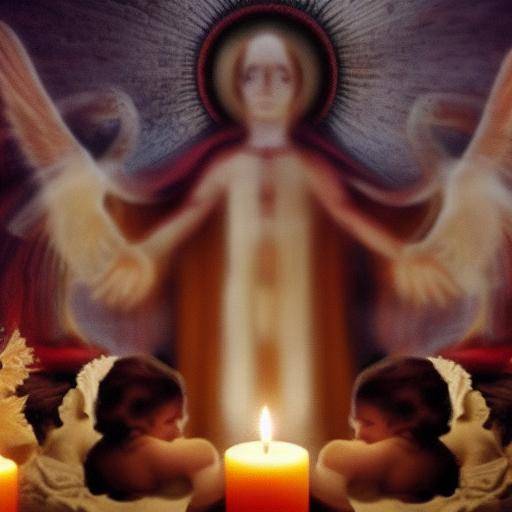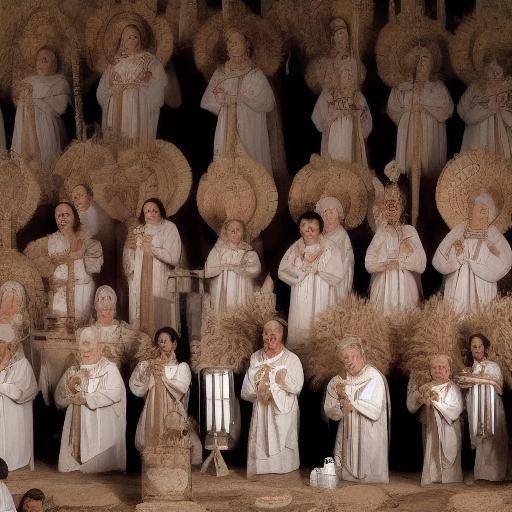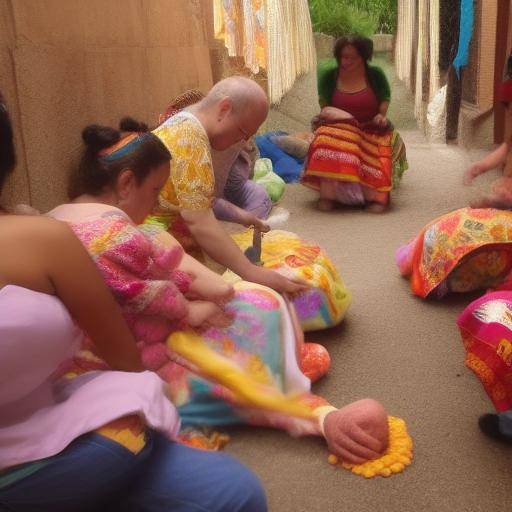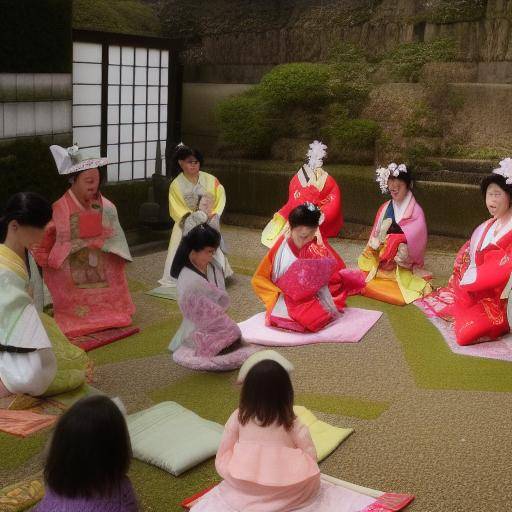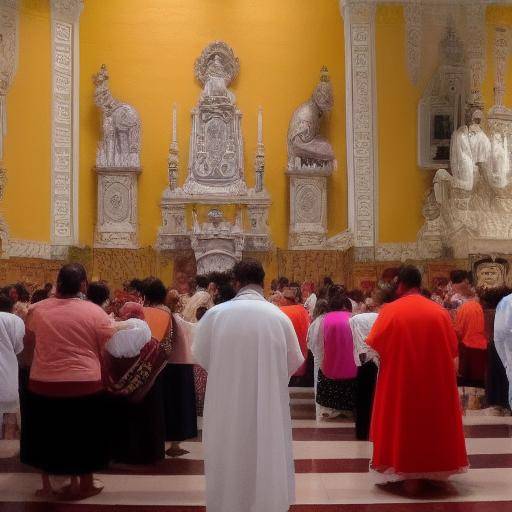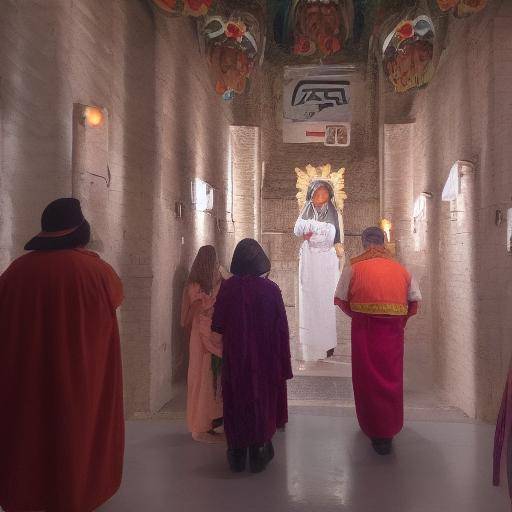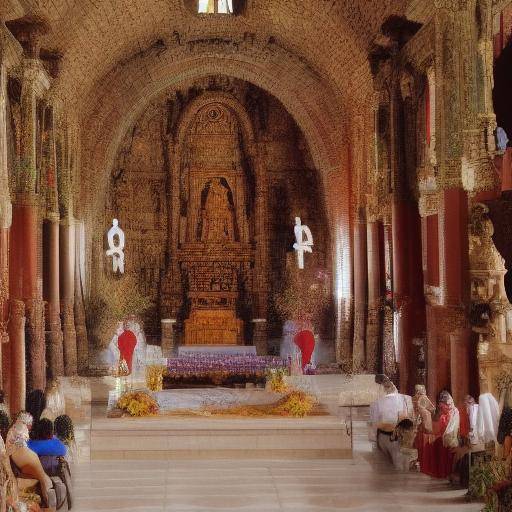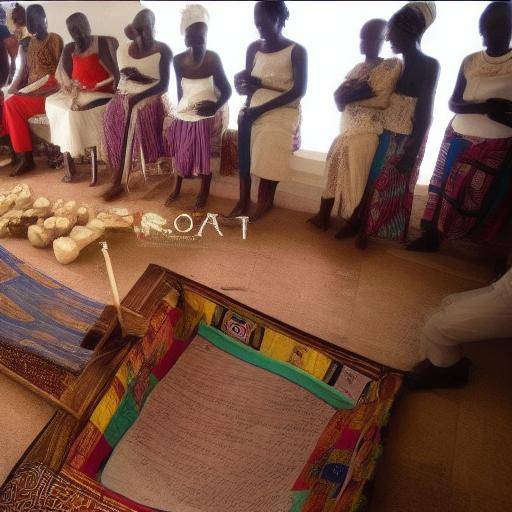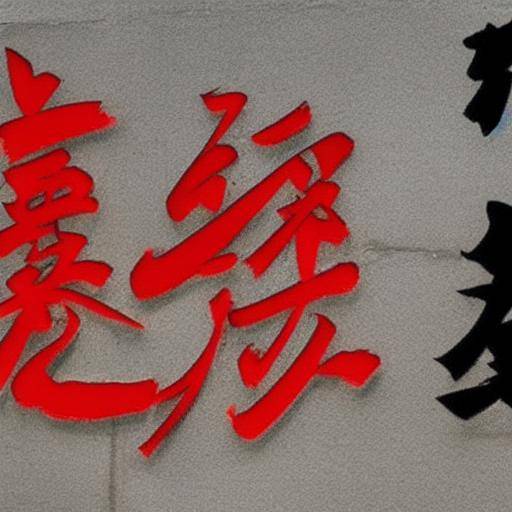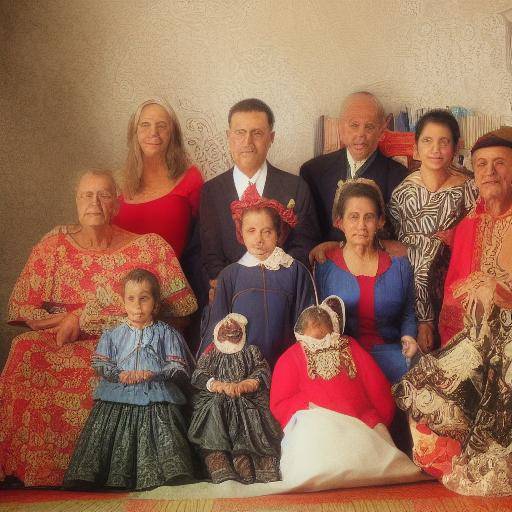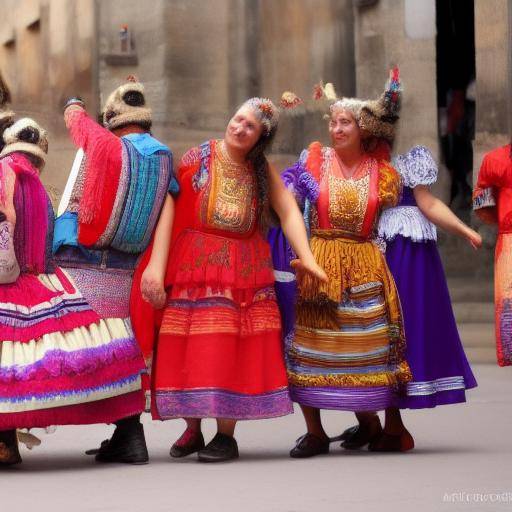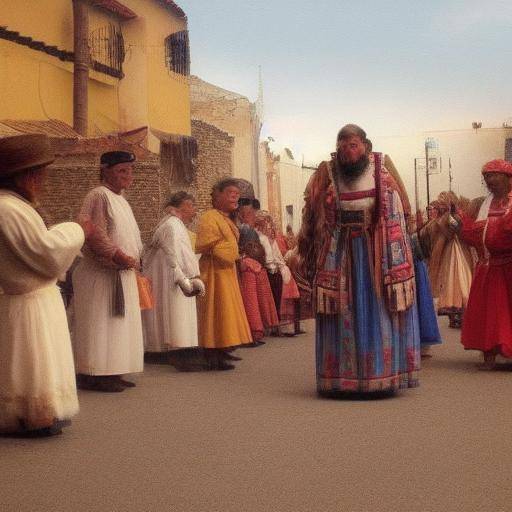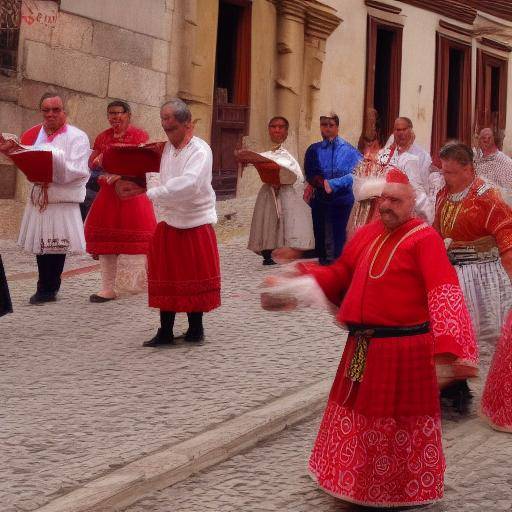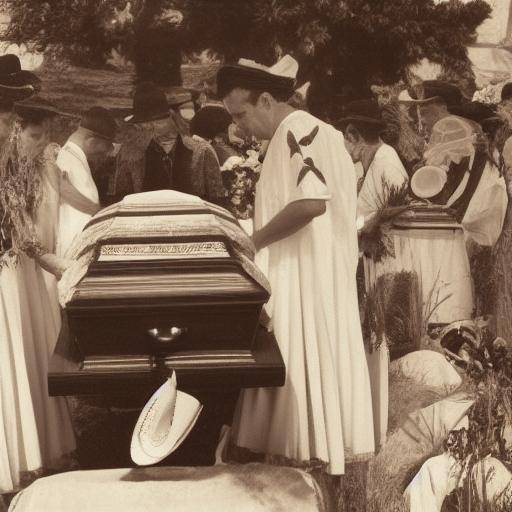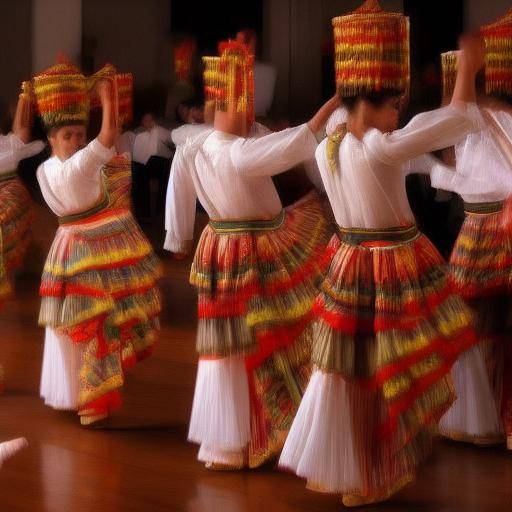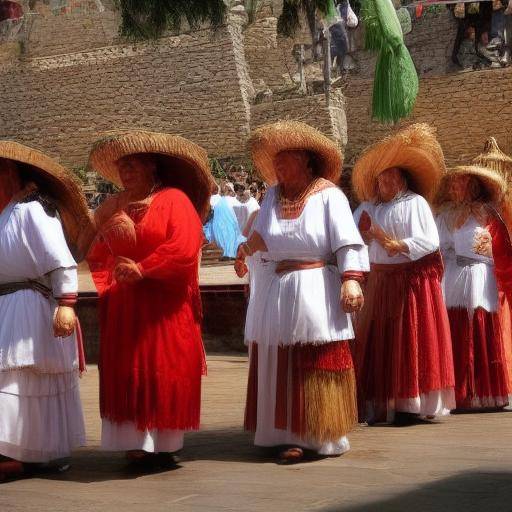
Introduction
Since time immemorial, symbols have played a fundamental role in the ancestral traditions of various cultures. These symbols, loaded with meaning and symbolism, have been transmitted from generation to generation, preserving their relevance and mystery throughout history. In this article, we will explore in depth the fascinating world of symbols in ancestral traditions, analyzing its history, meaning, importance and relevance today.
History and Background
The symbols in ancient traditions have their roots in spiritualism and the connection with nature. From the ancient Mesoamerican civilizations to the indigenous cultures of Oceania, the symbols formed the basis of the beliefs, rituals and mythologies of these societies. The hieroglyphical writing of the Egyptians, the mandala in Tibetan Buddhism, the eye of Horus in Egyptian mythology, the yin and the yang in Taoism, are just some examples of the rich symbolic heritage of ancestral traditions.
The shamanic practices and worship rituals of the gods often included the use of symbols to invoke protection, health, fertility and balance in people's lives. These symbols were visual representations of metaphysical and spiritual concepts, transmitting a deep understanding of the universe and the human being.
In more recent times, interest in ancestral symbols has led to a rebirth in the appreciation and understanding of their meaning, transcending cultural borders and being studied in fields such as anthropology, psychology and semiotic.
Deep analysis
The etymology of symbols reveals its connection to the Greek word "symbolon", which means "mark", "signal" or "emblema", evidenced its function of communicating abstract concepts through concrete representations. The symbols are powerful bearers of meaning, able to evoke emotions, inspire actions and transmit transcendental teachings.
In the context of ancient traditions, symbols perform varied functions, ranging from spiritual protection to the transmission of esoteric knowledge. For example, in Celtic culture, the tree of life symbolizes the connection between the earthly and the spiritual world, representing the harmonious relationship between all forms of life in the universe.
The interpretation of symbols in ancestral traditions is a complex field of study involving analysis of iconographs, ornamental patterns, myths and rituals. The practice of symbolic hermeneutics requires deep cultural, historical and religious knowledge to decipher the messages encoded in these symbols.
The influence of ancient symbols extends to psychology, where archetypal figures such as the sun, the moon, the eagle, the serpent, among others, represent fundamental aspects of the human psyche. From Carl Jung's theory, ancestral symbols have been recognized as bearers of universal meanings, which resonate in the collective unconsciousness of humanity.
Comprehensive review
Symbols in ancient traditions continue to find application at present, whether in the practice of spirituality, artistic creation, the ornamentation of sacred objects or the use in healing therapies. The search for connection with our cultural and spiritual roots has led to a renewed interest in the understanding and appreciation of these symbols.
Ancient traditions offer timeless wisdom, and the study of their symbols and meanings is fundamental to understanding the richness of past and present cultures. Ancient symbols invite us to reflect on our connection to nature, the cosmos and ourselves, enriching our spiritual and emotional life.
In addition, in a globalized world, the preservation of symbols in ancestral traditions represents an act of cultural resistance and an affirmation of identity. Recognition and respect for these symbolic expressions contributes to diversity and cultural enrichment in an increasingly unified world.
Comparative analysis
By comparing the symbols used in different ancestral traditions, fascinating similarities and differences arise. For example, the presence of the tree as a symbol of life, the duality represented by the yin and the yang, and the serpent as a symbol of wisdom and renewal, are found in a wide range of cultures, showing the universality of certain concepts through symbols.
Despite these similarities, each ancestral tradition has its own set of unique symbols, rooted in its history, geography and cosmovision. The understanding of these distinctions in symbols allows us to appreciate the cultural diversity and depth of human connections with the spiritual and natural world.
Practical Tips and Recommendations
If you are interested in exploring more about symbols in ancestral traditions, consider the following recommendations:
- Research and learn about the history and mythology of different cultures to understand the background of symbols.
- Participate in workshops or conferences that address the interpretation of ancestral symbols.
- Create your own art inspired by ancient symbols to honor their meaning and preserve their legacy.
Industry Perspectives and Expert Reviews
María López, an anthropologist specializing in indigenous cultures, shares: "The symbols in ancestral traditions are a source of knowledge and wisdom. Her study allows us to understand the world's worldview and enrich our perception of the world."
For his part, the artist José Martínez mentions: "The ancestral symbols have been an inexhaustible source of inspiration for my artistic work. By exploring their meaning, I have found deep connections with my own roots and my cultural identity."
Case studies and practical applications
A notable example of the preservation of ancestral symbols is the Inuit community, whose art and crafts include symbols such as the inukshuk, which represents a human figure and is used as a marker and symbol of orientation in the Arctic landscape.
In the area of psychotherapy, the use of ancestral symbols in the healing and self-knowledge process has gained popularity, providing individuals with a powerful tool to explore their inner world and connect with their cultural heritage.
Future Trends and Predictions
As interest in ancestral traditions and spirituality continues to grow in contemporary society, an increase in the integration of ancestral symbols is expected in areas such as design, fashion, holistic medicine and psychotherapy. These symbols will continue to be a source of inspiration and connection with the past, offering an enriching perspective in an increasingly technological and globalized world.
Conclusion
In conclusion, symbols in ancestral traditions are treasures loaded with meaning, transcending cultural time and borders. Exploring your history, interpreting your symbolism and applying your wisdom in our lives allows us to honor our cultural heritage, connect with the mystery of the universe and enrich our understanding of the world. Let us continue to explore the depth and beauty of ancestral symbols to keep alive the flame of ancestral wisdom.
Frequently asked questions
What is the importance of studying symbols in ancestral traditions?
The study of symbols in ancestral traditions is crucial to understanding the cultural, spiritual and psychological wealth of past civilizations. In addition, it gives us the opportunity to connect with our cultural heritage and find meaning in our environment.
How can I interpret ancestral symbols respectfully?
To interpret ancestral symbols respectfully, it is essential to investigate and learn about the culture from which the symbols come. It is important to show deep respect for the traditions and beliefs of the communities that use them.
How can I apply the knowledge of ancestral symbols in my daily life?
Knowledge of ancestral symbols can be applied in various ways, such as in home decoration, meditation, artistic creation or connection with nature. Each person can find a personal way to integrate the meaning of symbols into his or her life.
Are there risks in the incorrect interpretation of ancestral symbols?
Incorrect interpretation of ancestral symbols can lead to cultural misunderstandings or lack of respect for the traditions of other cultures. It is crucial to address the interpretation of symbols with sensitivity and humility, always seeking guidance from reliable sources.
Why do ancestral symbols continue to be relevant in modern society?
Ancient symbols remain relevant in modern society due to their ability to convey universal meanings, cultural connections and psychological depths. They also offer a valuable connection to nature and the spiritual world.
How can I contribute to the preservation of ancestral symbols?
Contributing to the preservation of ancestral symbols implies learning about them, respecting their meaning and spreading their importance in the appropriate cultural context. Supporting communities that keep these traditions alive is also fundamental.
In short, symbols in ancestral traditions are a window to history, spirituality and human connection with the universe. His study invites us to reflect on the beauty of cultural diversity and timeless wisdom that continue to enrich our lives in the modern era. Let us continue to explore the depth of ancestral symbols and keep alive their significant heritage.




